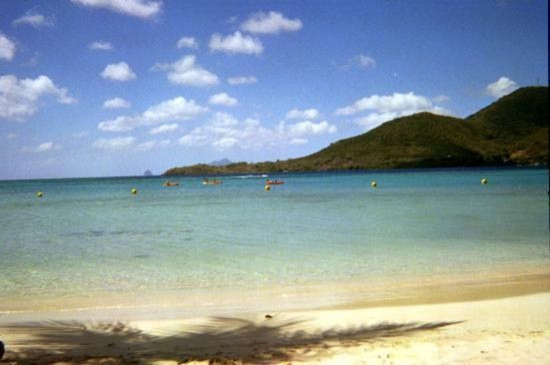1780: The Deadliest Atlantic Hurricane Season Ever

The deadliest Atlantic hurricane season in recorded history occurred when the United States was in its infancy and long before climatology and meteorology became sophisticated endeavors.
During the summer and fall of 1780, at least 27,000 people perished from hurricanes -- an all-time record -- in the Caribbean, the Gulf of Mexico and the East Coast of the newly-formed U.S.
That year witnessed three successive hurricanes (all in October, towards the end of the season) each of which swallowed up at least 1,000 lives. Three such powerful hurricanes in one month has never happened since.
The hurricane season served as a kind of backdrop to naval hostilities between the French, British, Spanish and Dutch -- all of whom were seeking to expand their empire in the New World, and, consequently, had an unusually high number of warships patrolling the seas.
It is believed that these hurricanes killed more illed more British soldiers than the entire Revolutionary War.
The 1780 season kicked off on June 13 with the St. Lucia Hurricane which hit Puerto Rico, St. Lucia and Santo Domingo (now called Dominican Republic).
In late August, a massive hurricane smashed into New Orleans, Louisiana. Boasting wind gusts of 160 miles per hour, the storm destroyed almost every building on Grand Isle, La., and also caused significant damage to the Crescent City itself.
In early October, a huge hurricane assaulted Jamaica and totally demolished the seaside town of Savanna-la-Mar., before moving onto Cuba. This one storm is believed to have killed more than 1,100 people.
But these were only a prelude to the catastrophe to be witnessed in October of that year.
The San Calixto Hurricane (sometimes given the generic name of The Great Hurricane of 1780) killed an astounding 22,000 people in the eastern Caribbean -- making it the deadliest hurricane in history in the Atlantic.
Between October 10 and October 16, this murderous storm cut through the Lesser Antilles. Reportedly, the hurricane smashed into Barbados with wind gusts exceeding 200 miles per hour, and then traversed to Martinique, St. Lucia and Sint Eustatius.
Thereafter, it went farther west to Puerto Rico and Santo Domingo.
The winds were so violent and so deafening that reportedly “that people could not hear their own voices.”
The wind scarped bark off the trees of Barbados and also fell every tree and destroyed every house on the island. About 4,500 people died on the tiny island alone.
Off Martinique, 40 French warships capsized, killing 4.000 soldiers. Another 9,000 died on the island of Martinique itself (courtesy of a 25-foot monster storm surge).
© Copyright IBTimes 2025. All rights reserved.





















